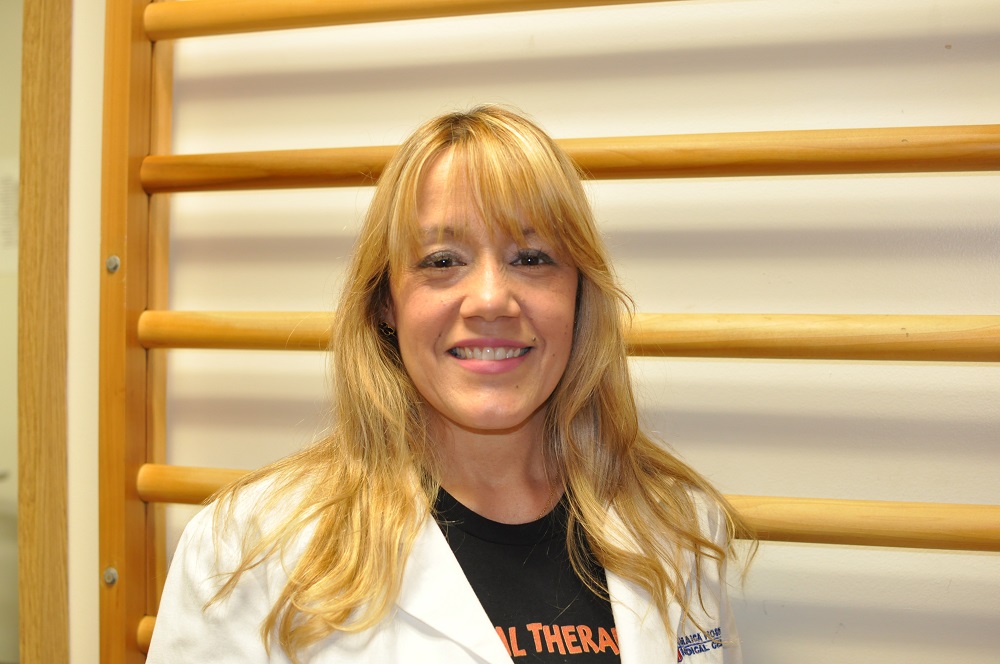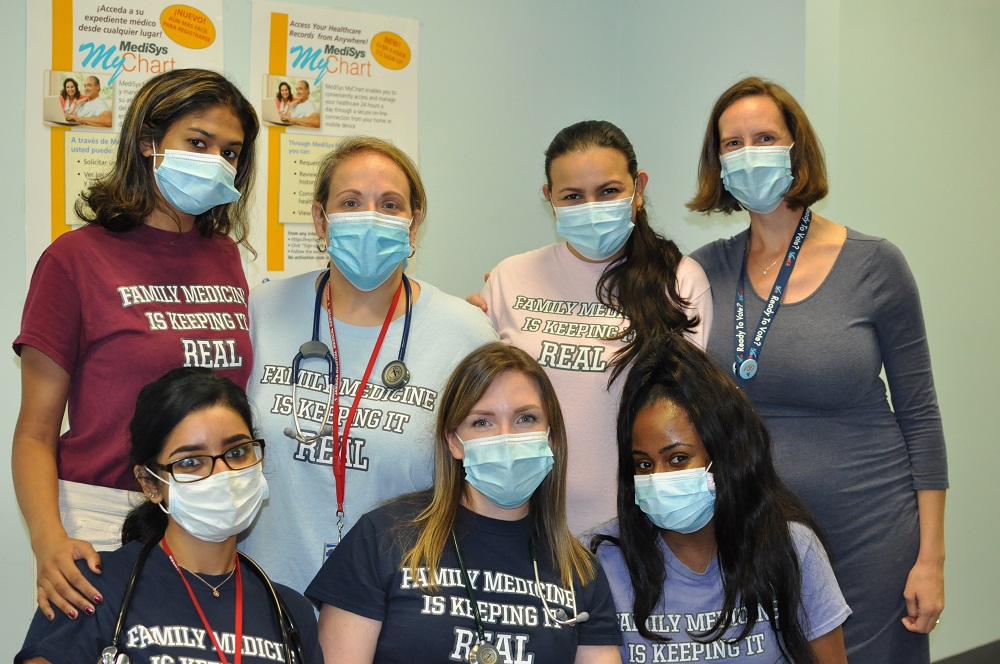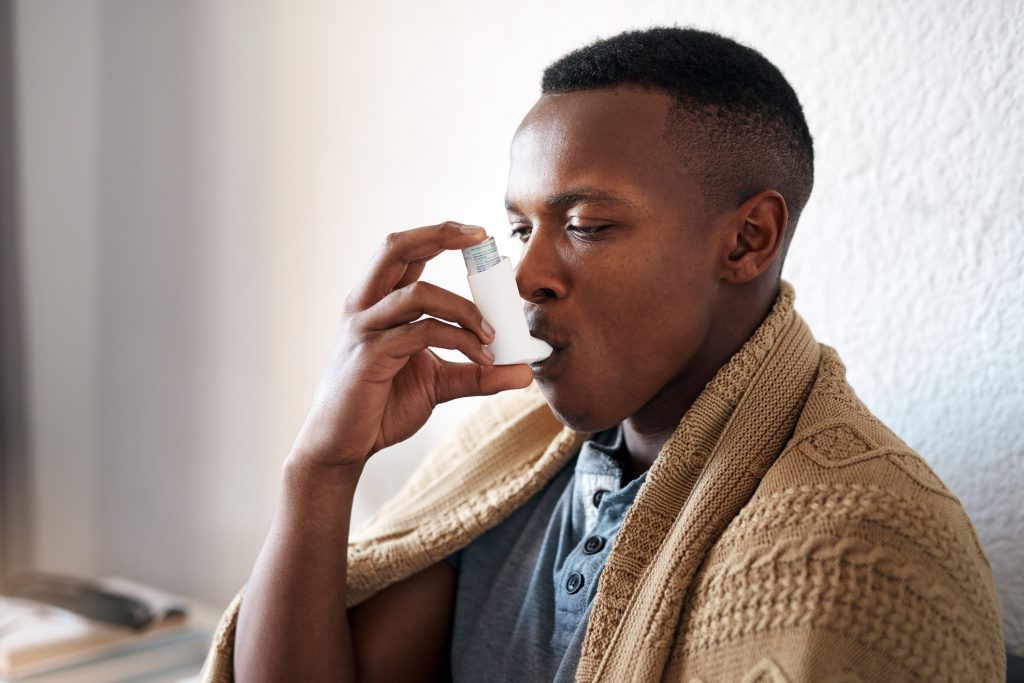
This month we are pleased to shine our Employee Spotlight on Lynn Velazquez Soto, MAPT, Physical Therapist Supervisor at Jamaica Hospital Medical Center.
Lynn has been a physical therapist at Jamaica Hospital Medical Center for 24 years. She grew up in New York, and attended Saint Michaels for elementary, and junior high school: Brooklyn Tech High School, and then completed her undergraduate and graduate degrees at CUNY and Touro College.
Her family life is very important to her and she enjoys spending free time with her two sons and daughter. She grew up in a home with many kinds of pets. At the present time, she has a Husky, a Chihuaha and a pet snake. Lynn likes to eat different types of food but her favorites are Italian, Spanish and Asian. She enjoys travelling especially to islands in the Caribbean and to other states but right now she is staying local due to travel restrictions. Her favorite types of music are Latin, classic and pop.
Lynn enjoys keeping busy with her many hobbies that include refinishing vintage furniture, fashion design and art projects. She also keeps active by running, swimming and biking. Lynn has also competed in several marathons.
Lynn’s priorities in life are her family, friends and patients. She is very proud to be part of Jamaica Hospital as it serves the community so well. She feels that our patients are like family in the sense that many have been coming to us for care for years. Lynn tells us that they see a wide variety of therapy diagnoses in her department and her team always strives to improve our patient’s well-being.
We are very pleased to have Lynn as a member of our team and look forward to her working with us for many more years.
All content of this newsletter is intended for general information purposes only and is not intended or implied to be a substitute for professional medical advice, diagnosis or treatment. Please consult a medical professional before adopting any of the suggestions on this page. You must never disregard professional medical advice or delay seeking medical treatment based upon any content of this newsletter. PROMPTLY CONSULT YOUR PHYSICIAN OR CALL 911 IF YOU BELIEVE YOU HAVE A MEDICAL EMERGENCY.










